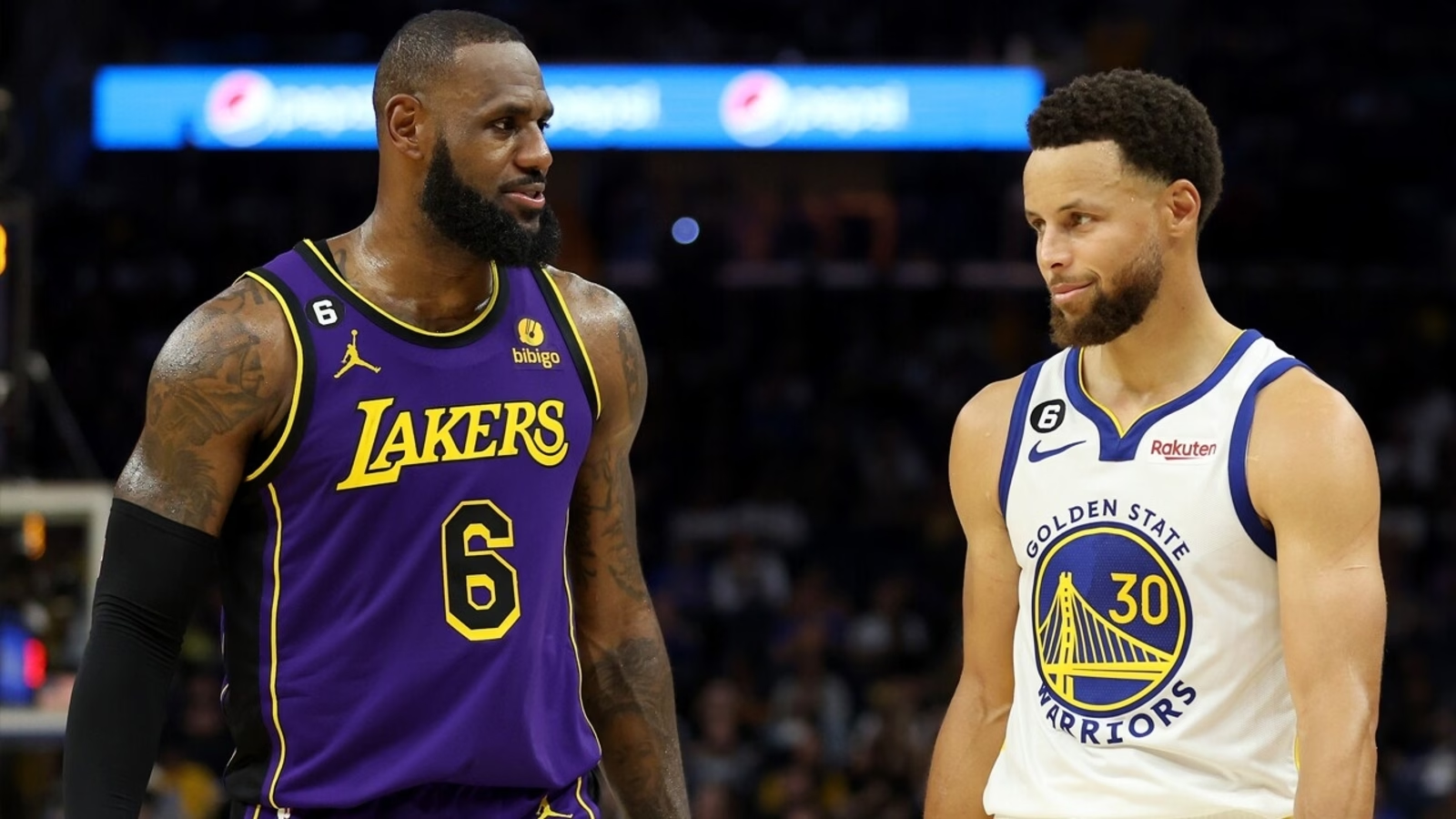
The NBA is a league driven by youthful energy and athleticism, but some of the most fascinating stories come from veteran players who adapt their game to remain effective as they age. These seasoned stars leverage their experience, basketball IQ, and refined skill sets to continue contributing at a high level, even as physical abilities begin to wane. Here, we explore how some of the league’s elder statesmen are redefining longevity in basketball.
1. LeBron James – Los Angeles Lakers
LeBron James, now in his 20th season, is a prime example of adapting to sustain excellence. While his explosive athleticism remains a part of his game, James has leaned more heavily on his post-up play, perimeter shooting, and playmaking abilities to maintain his dominance.
This strategic evolution has allowed LeBron to stay relevant as both a scorer and facilitator. Averaging near triple-double numbers, he continues to be the centerpiece for the Lakers, showing that meticulous care for one’s body and a high basketball IQ can extend a career beyond expectations.
2. Chris Paul – Golden State Warriors
Chris Paul, often referred to as the “Point God,” has seamlessly transitioned from being a high-usage superstar to a steadying veteran presence. Paul’s unparalleled court vision and mid-range shooting remain vital assets, even as his speed has diminished.
Now with the Golden State Warriors, Paul’s role focuses on mentoring younger players and orchestrating the offense during crucial moments. His ability to manage the pace of the game and make smart decisions ensures his value transcends raw athleticism.
3. Carmelo Anthony – Free Agent
Although currently a free agent, Carmelo Anthony’s recent stints with the Portland Trail Blazers and Los Angeles Lakers showcased his ability to adapt. Shifting from a primary scoring option to a role player, Anthony embraced catch-and-shoot opportunities and focused on being an offensive spark off the bench.
This willingness to evolve prolonged Anthony’s career and allowed him to contribute meaningfully in limited minutes, proving that adapting one’s role can extend time in the league.
4. Al Horford – Boston Celtics
Al Horford has been a model of consistency and adaptability throughout his career. At 37, he remains a vital part of the Boston Celtics’ rotation. Horford has embraced the modern NBA by developing into a reliable three-point shooter, spacing the floor for Boston’s dynamic young stars.
His defensive versatility and ability to anchor a team’s interior defense continue to make him indispensable, demonstrating that a willingness to adjust one’s skill set to meet the needs of the team can yield long-term success.
5. Kyle Lowry – Miami Heat
Kyle Lowry’s transition into a more supportive role with the Miami Heat highlights another path for veteran stars. Known for his leadership, defensive tenacity, and ability to hit timely shots, Lowry has shifted from being a team’s primary playmaker to providing crucial contributions in a reduced role.
Lowry’s focus on mentoring younger players and stepping up in critical moments underscores how experienced players can remain invaluable beyond their prime years.
The Art of Reinvention
These veteran stars showcase the importance of adaptability and self-awareness. Rather than clinging to their past ways of playing, they’ve embraced new roles and refined specific skills to remain effective. This evolution not only extends their careers but also cements their legacies as players who could thrive in any era.
Conclusion
As the NBA continues to evolve, so too do its veteran players. LeBron James, Chris Paul, Carmelo Anthony, Al Horford, and Kyle Lowry are shining examples of how experience and adaptability can sustain excellence in a league dominated by youth. Their stories serve as inspiration for younger players, proving that basketball is as much about mental sharpness and skill development as it is about physical prowess. These seasoned stars remind us that while age may alter athleticism, it does not diminish greatness.
